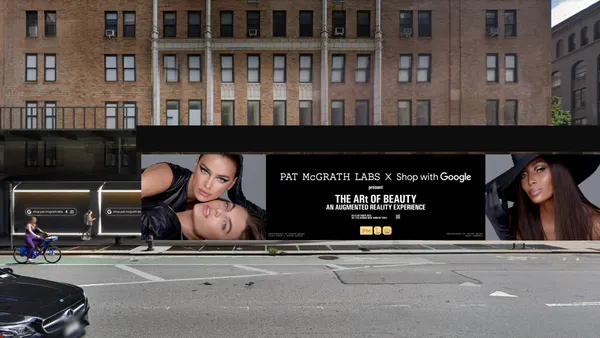Dive Brief:
-
A quarter of Amazon Prime members take advantage of the retailer’s Prime Now two-hour delivery option on more than 10,000 products, according to a survey from Cowen & Co as reported by MarketWatch. The option is free to Prime members in the limited areas where it runs.
-
Cowen polled 1,250 U.S. adults (over 18 years old) and said that 25% of Amazon’s Prime members used the Prime Now service in January this year and that 66% were between 25 and 44 years old.
-
A majority (70%) used Prime Now delivery more than once per month and 24% used it at least once per week. A majority (60%) also used Prime Now for “media”: 47% bought electronics valued under $50, 44% bought personal care products, 41% bought apparel, shoes, and accessories. A bit more than a quarter (26%) ordered items from smaller local grocery stores.
Dive Insight:
In a Tuesday note detailing its results, Cowen says that they show “extremely impressive early penetration” that, along with its new foray into private-label apparel, helped it conclude that it could be the number one apparel retailer in the U.S., “driven by accelerating purchaser growth” and that it could “continue to gain traction in other retail verticals” as well.
Consumer goods could also continue to be an important driver for Amazon, according to Cowen.
Amazon launched Prime Now in December 14 and has expanded it to 24 metropolitan areas in the U.S. Two-hour delivery is free to Prime members in those areas, and one-hour delivery is an option for $8 or so.
At first glance, Amazon Prime Now (as with the many other same-day and even speedier delivery services) would seem to be an expensive way to ship orders. But, as Paula Rosenblum at Forbes points out, Amazon has taken a variety of steps to keep costs down. For one thing, even the $8 one-hour delivery fee competes with two-day delivery costs (at least in customers’ minds, considering that Amazon and other retailers have deals with shippers), and Amazon encourages customers to add a tip to their Prime Now deliveries. Plus, packaging doesn’t have to be as secure as when it goes through the mail, and Amazon at least has limited the number of items available for Prime Now delivery so far.
Still, the last mile of delivery remains a chaotic, highly competitive area fueled, at least for competitors in the space, by venture capital that could be shielding the true cost of the delivery. All players could run into higher costs if it becomes difficult to keep drivers happy to work for them, or if labor regulators continue to crack down on policies that they deem more appropriate for employees. Once contractors are deemed employees, employer costs go up because they must reimburse drivers for more expenses and pay them not just adequate wages, but also benefits.











